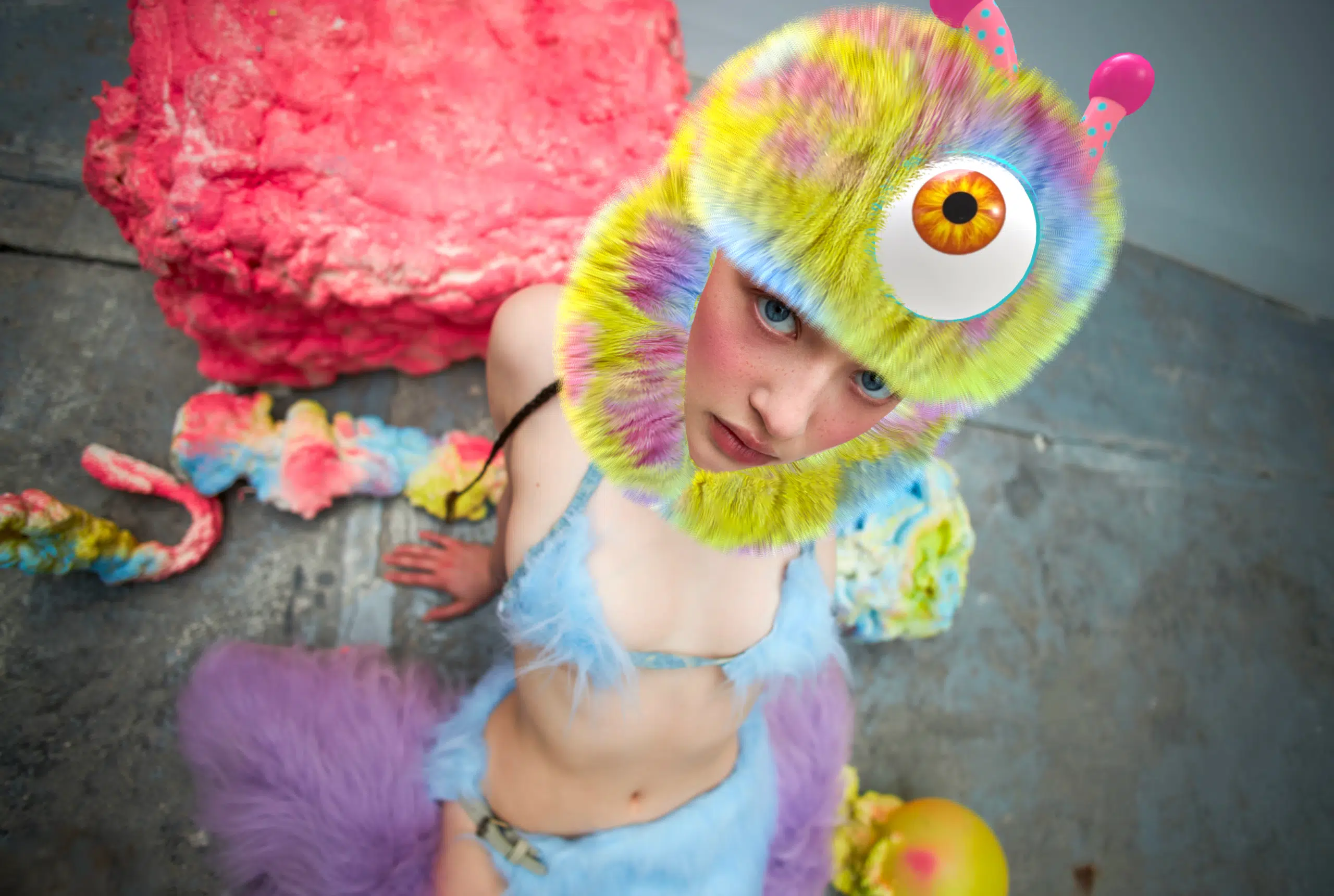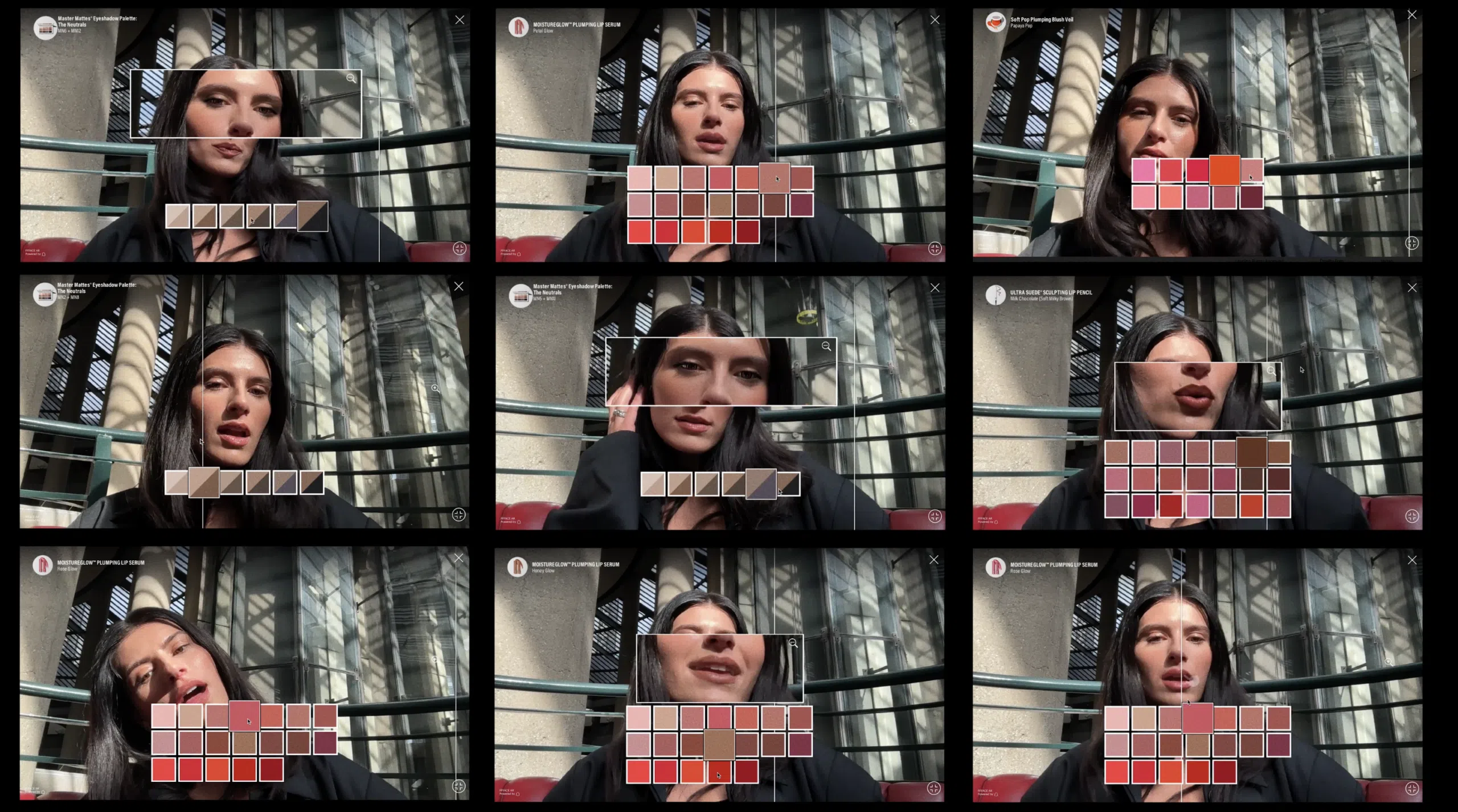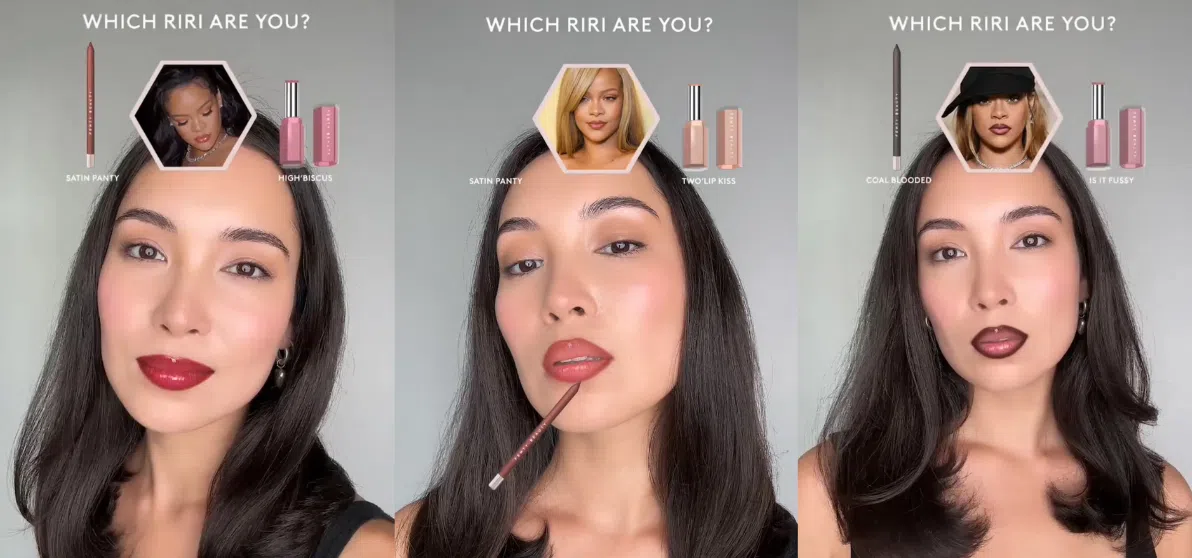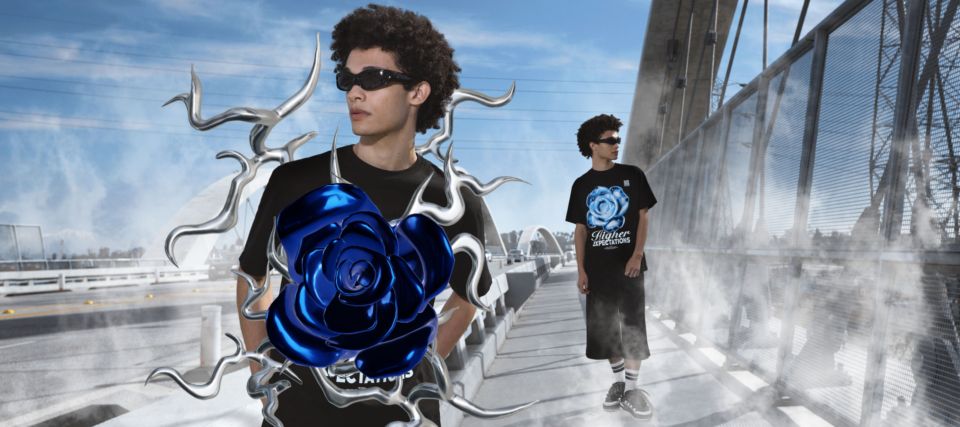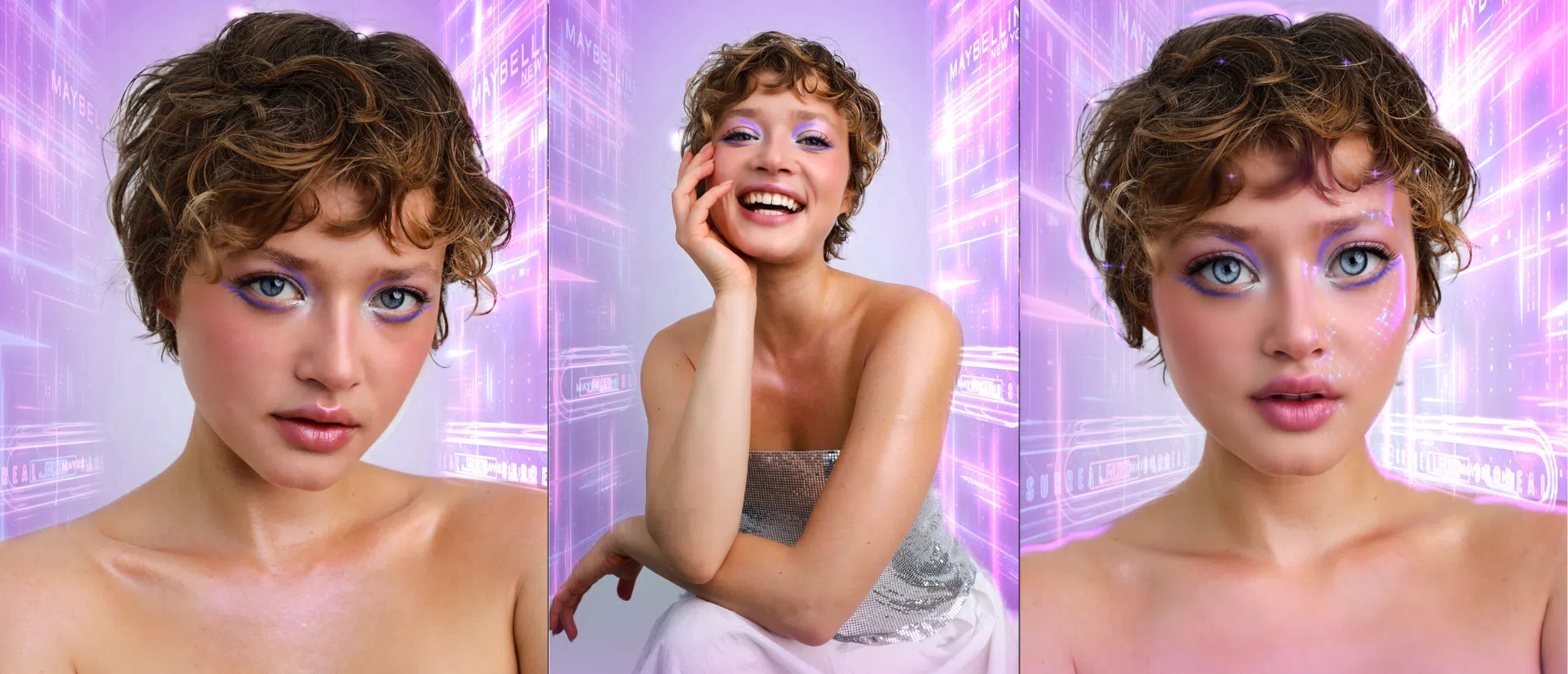How to Create an AR Filter for Instagram, TikTok, or Snap: Business Guide
TL;DR: How to Create an AR Filter?
AR filters are now one of the most effective tools for brand engagement, driving awareness, UGC, and conversions — but the ecosystem is changing fast. With Meta discontinuing support for third-party Instagram filters starting January 2025, brands must rethink their AR strategy and shift toward platforms like TikTok Effect House, Snapchat Lens Studio, and WebAR. This guide walks you step-by-step through the process: choosing the right AR platform for your goals, defining the creative concept, creating assets, developing and testing your filter, and launching it in a way that drives reach and measurable results. From virtual try-ons to branded face effects, AR is no longer just a trend — it’s a scalable marketing channel that turns audiences from passive viewers into active co-creators and brand advocates.
New Meta Regulations on Instagram Filters
The landscape of AR filter creation is shifting as Meta introduces significant changes to its AR platform ecosystem. Meta has announced that starting January 14, 2025, it will no longer support third-party AR effects, including custom filters for Instagram, Facebook, and Messenger. This decision marks a pivotal moment for creators and brands who have relied on platforms like Meta Spark Studio to design interactive and engaging AR experiences.
What Does This Mean for Effect Creators?
- Discontinuation of Meta Spark Studio: The primary tool for creating AR effects on Meta platforms will cease to function after the cutoff date. Creators can no longer design or publish new filters using this platform.
- Existing Filters: Third-party filters already published may no longer be accessible or functional after January 2025, depending on Meta’s final implementation of these changes.
- Meta-Owned AR Effects: Only AR effects created and maintained by Meta will remain available. This means that brands and individual creators will need to explore alternative platforms for custom AR effects.
Creating AR filter in 2025: Meta Spark Studio Alternatives
Creators who wish to continue designing AR filters will need to transition to other platforms that actively support third-party AR development. Popular alternatives include:
1. TikTok’s Effect House
TikTok’s Effect House offers a user-friendly interface, robust animation tools, and an expanding library of templates, making it ideal for creators targeting younger, trend-driven audiences. Filters created with Effect House can be shared directly on TikTok, providing access to millions of active users and maximizing visibility.
2. Snapchat’s Lens Studio
Snapchat’s Lens Studio is equipped with advanced AR capabilities like full-body tracking, hand gesture recognition, and world lenses, making it perfect for creating immersive and interactive AR experiences. Filters designed in Lens Studio are published through Snapchat’s Lens Explorer, ensuring high visibility and engagement with a vast user base.
3. WebAR Platforms
WebAR platforms, such as 8thWall, allow filters and effects to be accessed directly through web browsers without requiring app installation, making them ideal for brand campaigns and cross-platform AR experiences. These effects can be easily shared via QR codes or links, providing seamless accessibility and reach.
4. Unity with AR Foundation
Unity with AR Foundation offers professional-grade AR development tools, perfect for experienced developers aiming to create complex and standalone AR applications. These apps can be distributed on app stores or utilized in private campaigns, providing versatility and scalability for advanced AR projects.
Make Your Brand Stand Out with AR Filter by FFFACE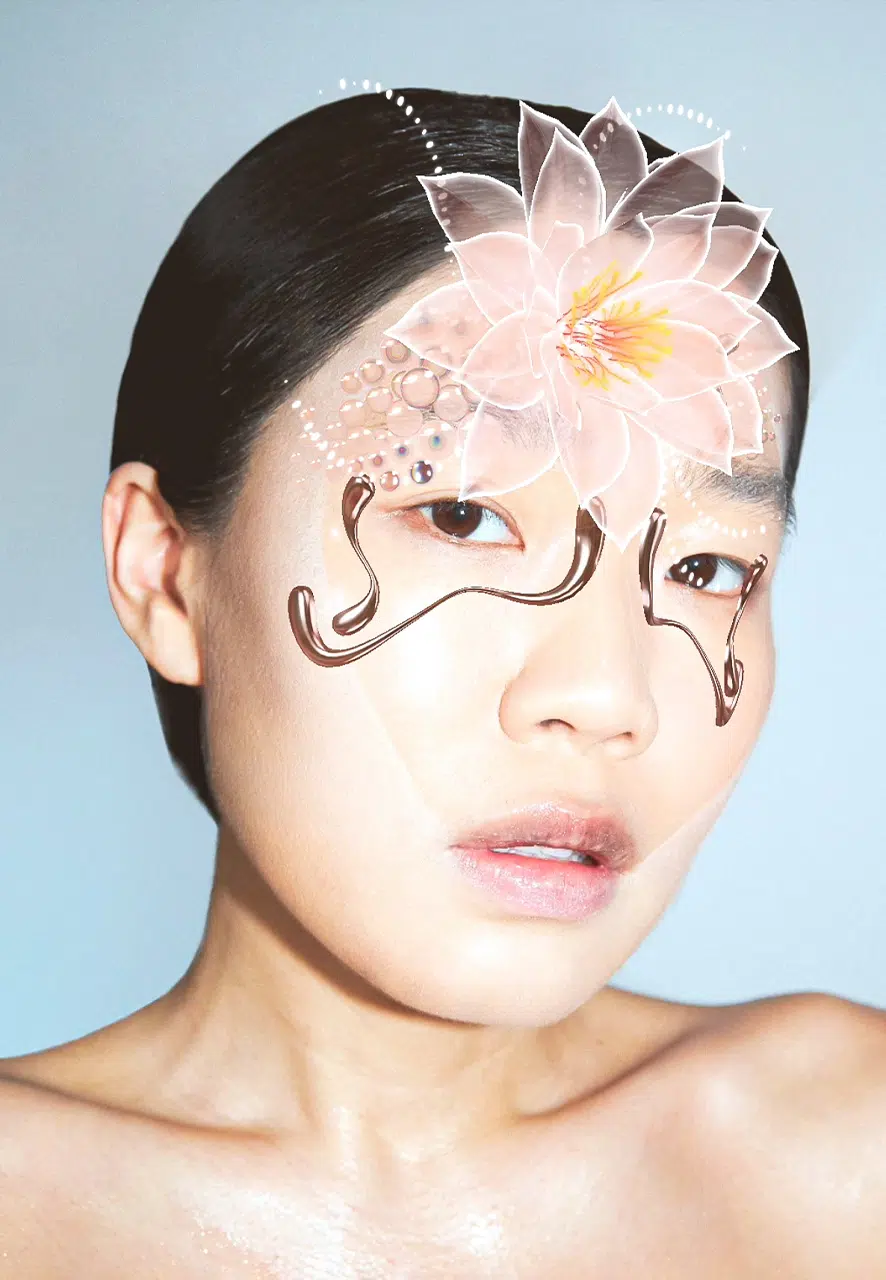
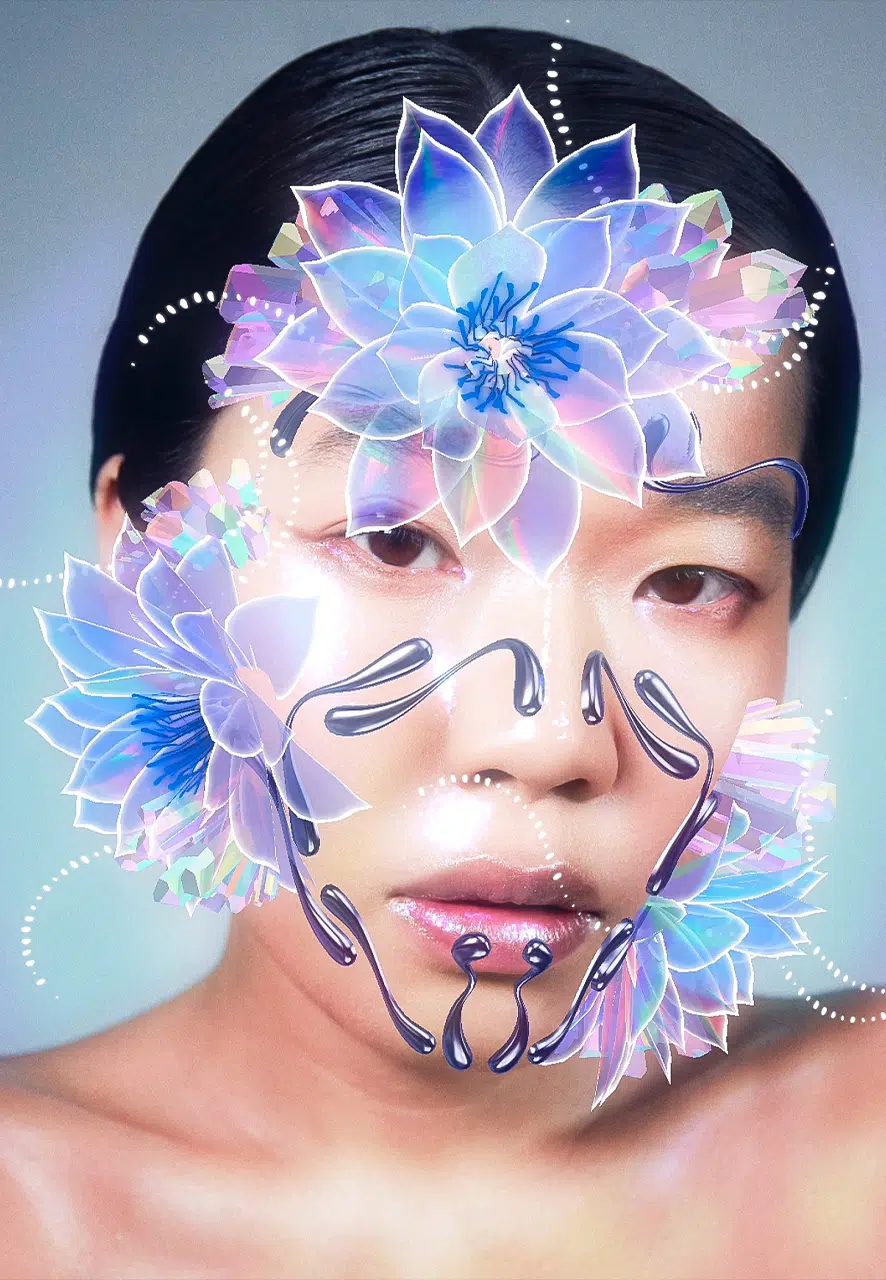
How to Make Filters: A Guide for Businesses and Creators
Augmented Reality (AR) filters and effects are powerful tools for businesses to engage audiences, demonstrate products, and enhance brand storytelling. As platforms like TikTok, Snapchat, and others continue to thrive, AR offers an exciting way to connect with your audience through interactive and creative designs. This universal guide will walk you through the steps to create your own AR filter or effect in 2025, leveraging platforms and tools still supporting AR innovation.
Step 1: Choose the Right Platform
Choose a platform that fits your goals: TikTok’s Effect House for trend-driven content, Snapchat’s Lens Studio for interactive AR, WebAR tools for browser-based filters, or Unity with AR Foundation for advanced apps. Opt for platforms with strong analytics to track key metrics.
Step 2: Define Your Target Audience and Objectives
Clearly define your audience and business goals for the AR experience. What’s your goal? Drive engagement, generate leads, demonstrate products, or support training? Define Key Performance Indicators (KPIs) upfront, such as engagement rate, user interactions, or time spent with the filter.
Step 3: Plan and Conceptualize
Outline the design and functionality of your AR filter:
- Visual Design: Ensure it aligns with your brand identity.
- Interaction Mechanics: Add user engagement points, like taps or gestures.
- Analytics Integration: Plan to track user behavior (e.g., interaction types, session duration) using platform-provided analytics or third-party tools.
Step 4: Develop Your AR Filter
Design your AR filter by creating on-brand assets using tools like Adobe Photoshop or Blender, and building it on your chosen platform with interactive features and triggers. Enable analytics by configuring the platform’s built-in tools or integrating custom solutions to track key metrics such as user engagement, retention rates, and conversions linked to business goals like landing page visits.
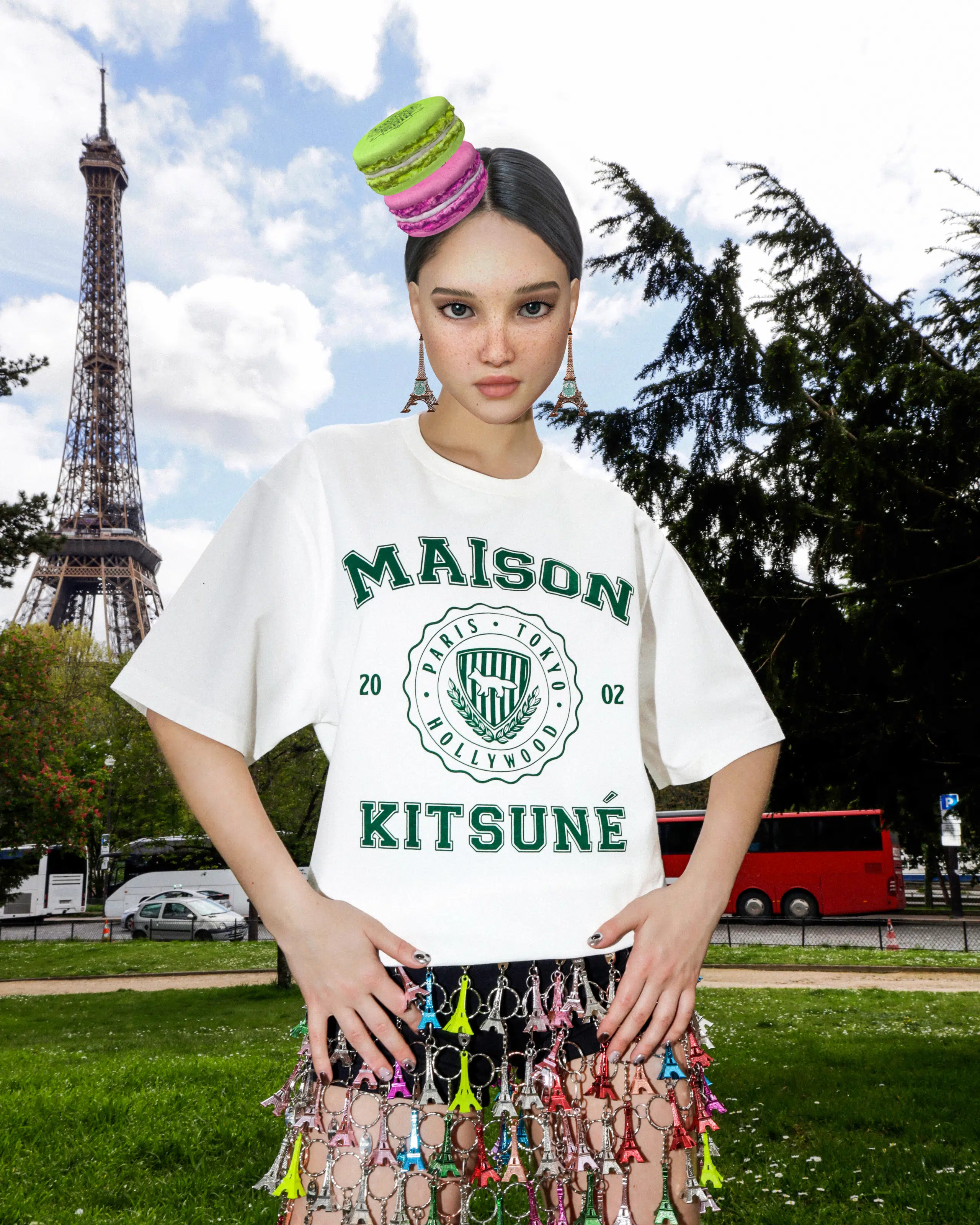
Step 5: Test Across Devices
Thoroughly test your AR effect to ensure it performs well across devices and browsers, with all interaction triggers functioning as intended. Verify analytics during the testing phase to confirm accurate data capture and reporting.
Step 6: Deploy and Publish
Publish your AR effect on the most suitable channels: TikTok via Effect House with built-in analytics, Snapchat through Lens Studio’s Lens Explorer with demographic insights, WebAR by hosting on your website using analytics-enabled QR codes or links, or Custom Apps on app stores with integrated analytics dashboards.
Step 7: Promote Your AR Campaign
Maximize your AR filter’s reach and leverage analytics for optimization:
- Cross-Channel Marketing: Promote the filter on social media, email campaigns, and industry blogs.
- Collaborations: Partner with influencers or B2B thought leaders to amplify reach.
- Monitor Performance: Use platform analytics to track KPIs like:
- Impressions: Total views of your filter.
- Engagements: Actions taken, such as interactions or shares.
- Completion Rate: Percentage of users who fully engage with the filter.
Step 9: Analyze and Optimize
Post-launch, use analytics to evaluate your AR campaign’s performance by reviewing KPIs like engagement rates, impressions, and conversions, and analyzing audience demographics to refine targeting. Calculate ROI to assess the campaign’s financial impact and ROMI to measure the effectiveness of marketing efforts in driving value. Leverage these insights to optimize your filter or guide future campaigns, ensuring continuous improvement and greater profitability.
Go Viral with a Custom TikTok Effect by FFFACE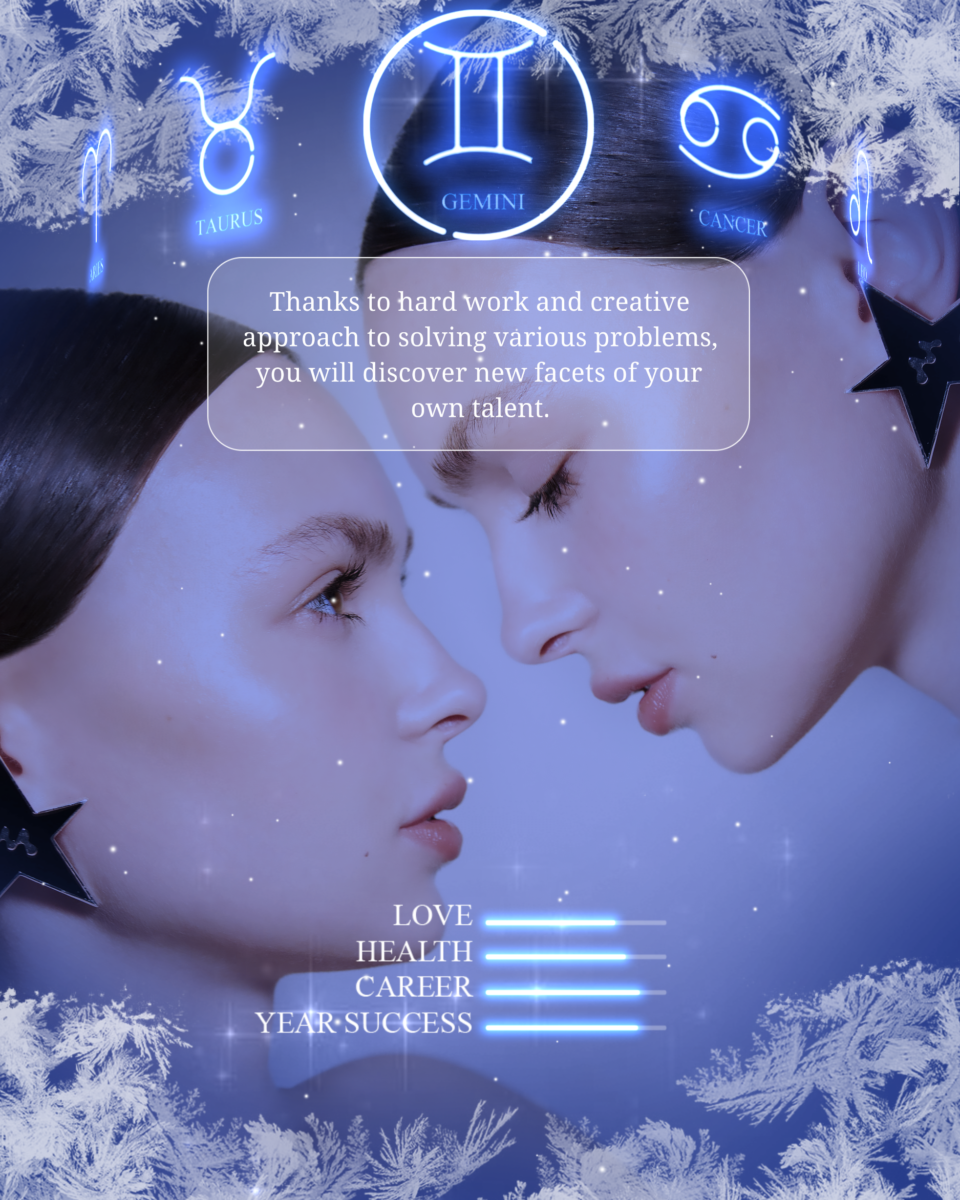

How AR Filters Are Transforming Business Marketing
AR filters transform passive scrolling into active engagement, inviting customers to interact with your brand through playful games, virtual try-ons, or creative effects. This personal connection encourages users to share their experiences, amplifying your reach organically.
Beyond entertainment, AR filters solve practical problems. Virtual try-ons help customers visualize products, bridging the gap between online browsing and real-world confidence, which boosts conversions. They also provide valuable data—analytics track impressions, engagement, and conversions, enabling businesses to refine campaigns and measure ROI and ROMI effectively.
By adopting AR filters, brands position themselves as innovative and customer-focused, leaving a lasting impression on tech-savvy audiences. Combining creativity and functionality, AR filters are more than a trend—they’re the future of interactive marketing.
FFFACE: Redefining Engagement with AR Filters and Mirrors
At FFFACE, we’re all about pushing boundaries with AR filters and AR mirrors, transforming how brands connect with their audiences. We take pride in crafting immersive experiences that captivate and inspire, from playful social media effects that go viral to innovative AR mirrors that redefine in-store shopping. Our AR mirrors bring the magic of virtual try-ons to life, allowing customers to see themselves in different styles instantly, creating a seamless and exciting experience. By combining the best of digital and physical worlds, we help brands stand out, engage deeply, and lead the charge in the future of augmented reality.
Engage Your Audience with Custom Filters by FFFACE



